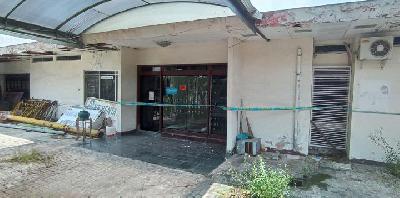Considering Nuclear Power
Monday, February 1, 2021
arsip tempo : 171410627663.

BOB S. Effendi enthusiastically showed the scale model of the thorium molten salt reactor 500, or the TMSR500, lying on his office desk on the 20th floor of the World Trade Center 3 building in Jalan Jenderal Sudirman, Jakarta. As the chief representative of ThorCon International Pte Ltd, which aims to set up Indonesia’s first nuclear power station (PLTN), he is aptly versed in the details of the nuclear reactor designed by this private Uni
...
Subscribe to continue reading.
We craft news with stories.
 For the benefits of subscribing to Digital Tempo, See More
For the benefits of subscribing to Digital Tempo, See More











